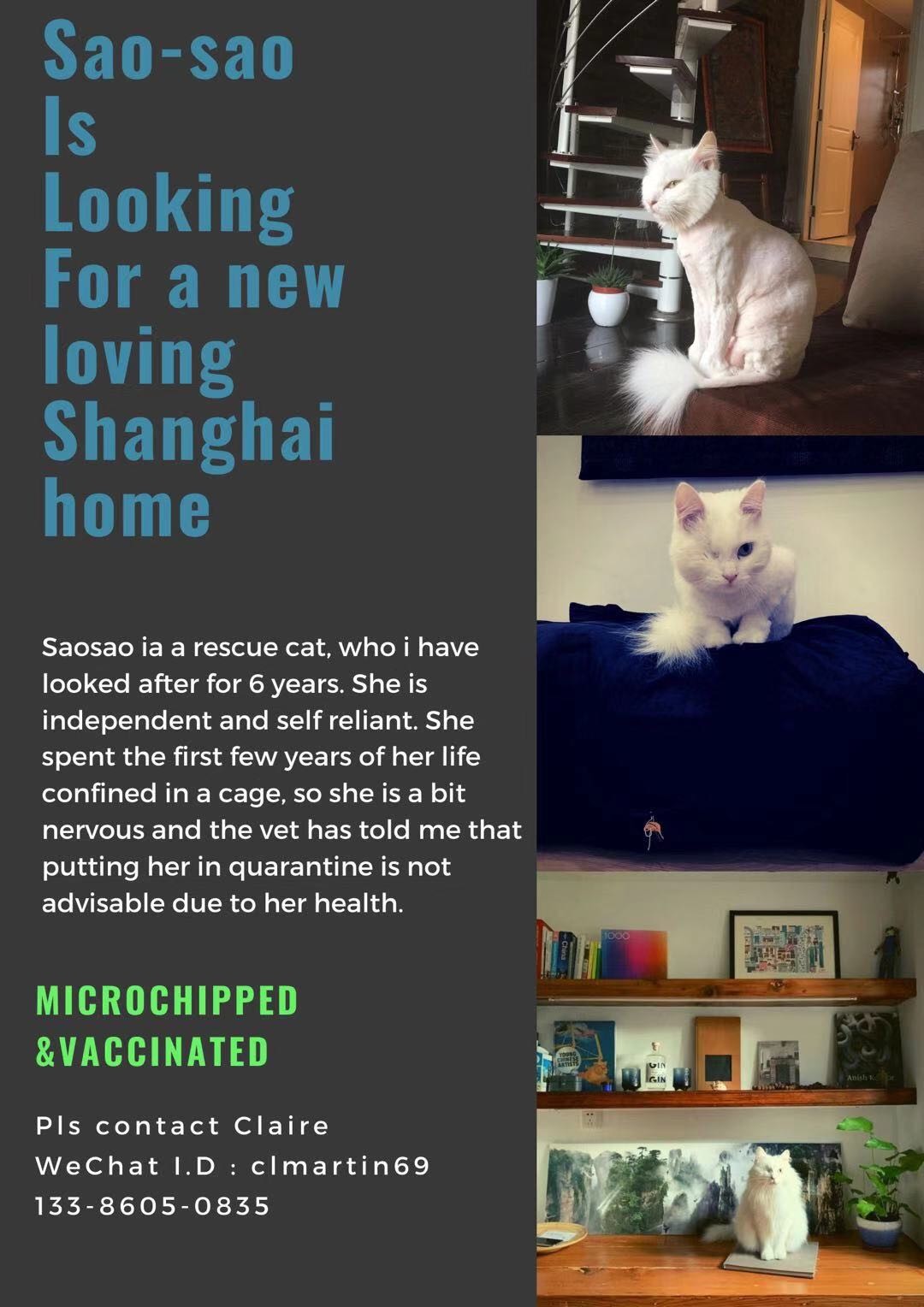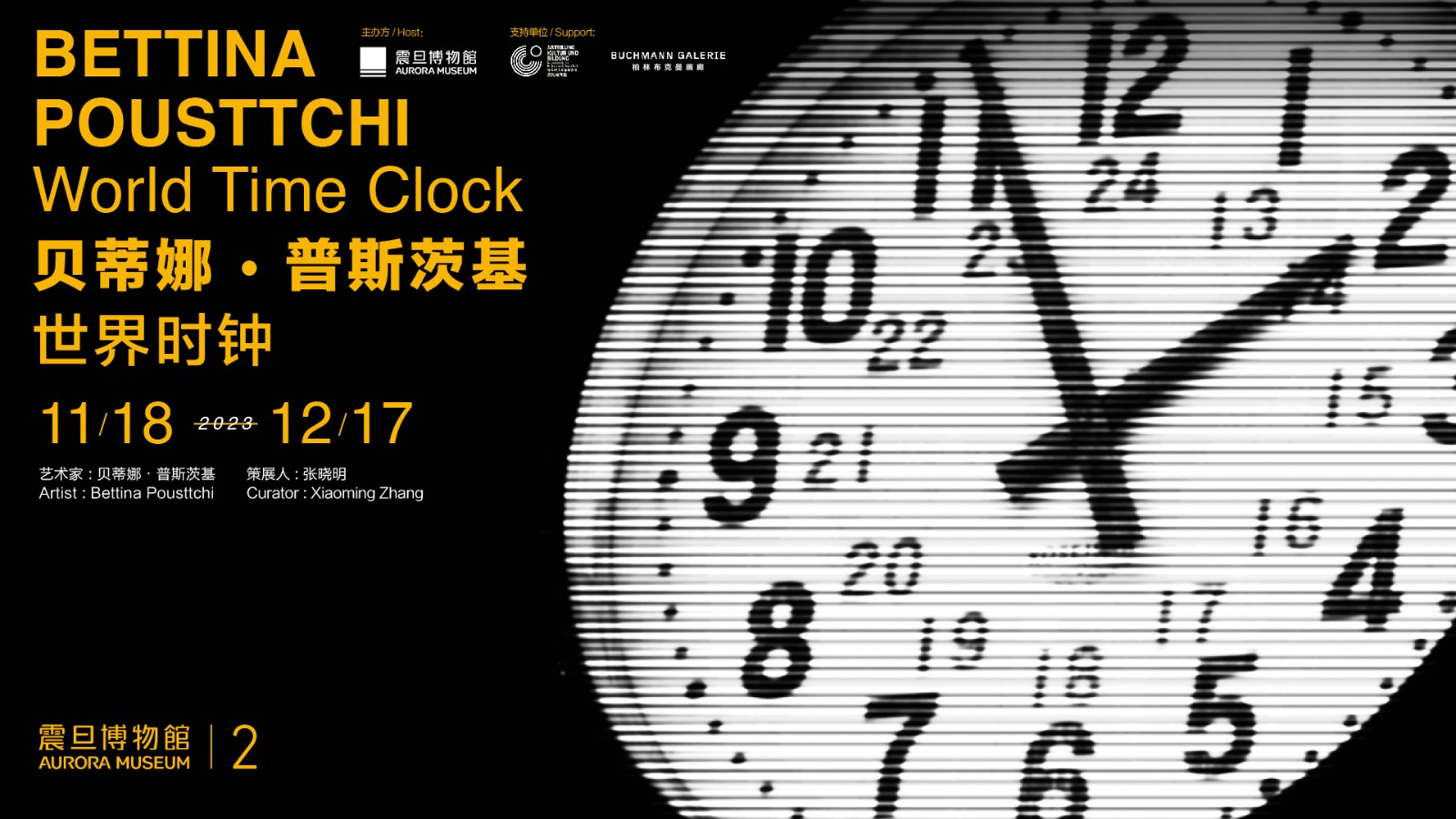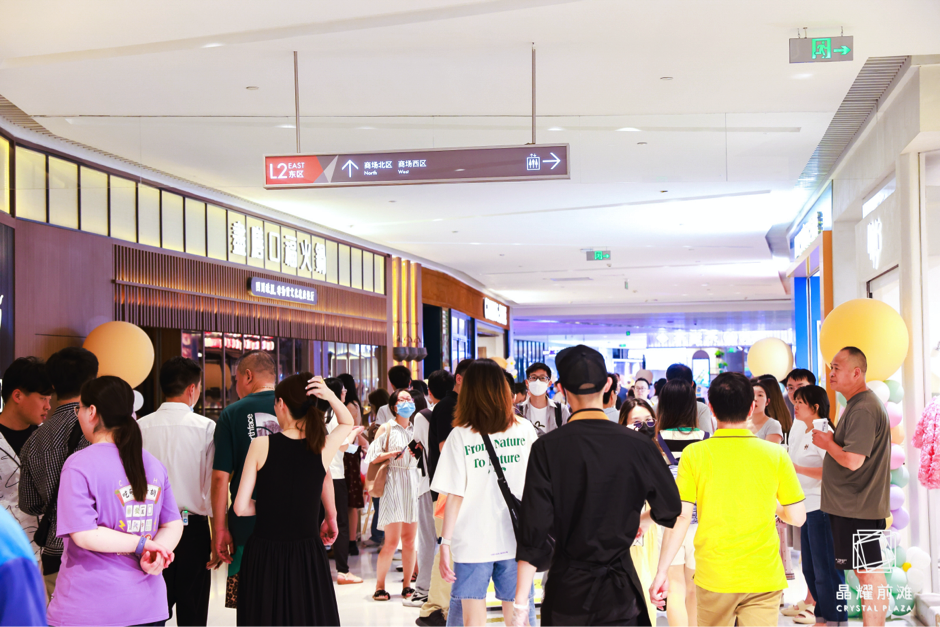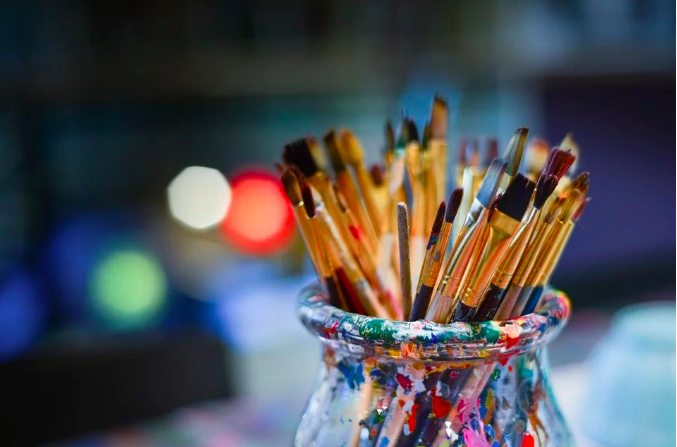Daytripper: Humen Opium War Museum
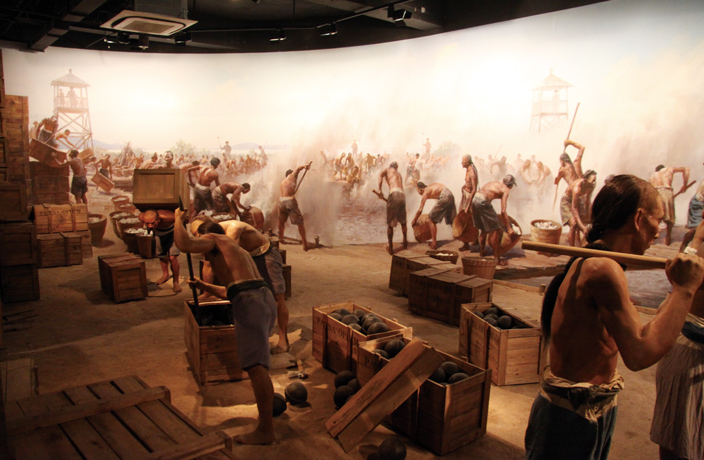
Daytripper is a regular column that aims to help people get the most out of their PRD experience by proposing fun excursions that can be made in a single day to explore the local culture and nature of the region.
Dongguan’s reputation is a somewhat murky one. In the plus column, it is a powerful manufacturing base, a beacon of productivity in the region. On the other hand, it also houses one of the largest, emptiest shopping malls in the world, a classic hubristic construction. Even more memorably, the city remains a byword all over the country for prostitution, even though the industry has been strongly curtailed by repeated police raids.
But long before its modern-day notoriety as a sex haven, Dongguan was famed throughout the land for a different illicit activity: drug smuggling. In fact, it was here that the fuse was lit for one of the most explosive events of Chinese history, the Opium Wars.

Located in Humen, a town within the borders of Dongguan city, the Opium War Museum is a reminder of those controversial conflicts. Also known as the Lin Zexu Memorial Museum, it is dedicated to the man who stood firm in the face of the foreign powers pedaling their mind-numbing wares. Though his actions inadvertently led to China’s invasion by Western forces, today he is lauded for his uncompromising morals and true patriotism.
Stepping off the bus at the memorial park, the atmosphere is surprisingly peaceful. A large open area greets you with monuments, walkways and the first major highlight of your trip: a flower-filled lake in the shade of tall trees. Most visitors take their time here, snapping photos and strolling around the water. As you walk further, a row of cannons greets you at the entrance to the museum.
Unlike most local museums, the Lin Zexu Memorial uses clear, well-worded (though at times direct and even harsh) English descriptions, and by the time you make it to the third-floor exhibition hall, you will have all the dates and names you need, accompanied by plenty of visuals.
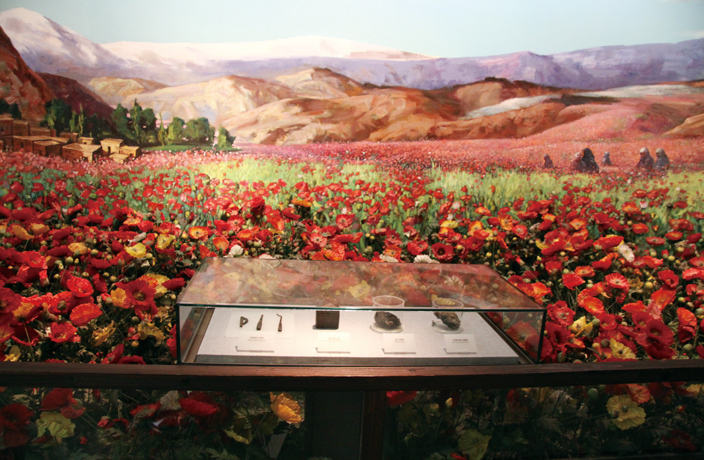
The exhibition is centered on the spring of 1839, when massive amounts of opium were destroyed – a crackdown led and initiated by Lin Zexu, Chinese scholar and official for the Qing Dynasty.
The museum’s galleries don’t go into too much detail describing the actual Opium Wars, instead focusing on the occurrences leading up to them and how local lifestyle was affected by colonial activity and the opium trade.
Unless you plan on spending the whole day within the museum’s modest walls, you will also have time to explore Humen. The small factory town is unexpectedly green and offers a few other attractions, like the Sea Battle Museum, Keyuan Garden (created in 1850 during the Qing Dynasty), Shajiao Fort and more morsels to satiate your craving for local history. NS
113 Jiefang Lu, Humen, Dongguan 东莞市虎门镇解放路113号 (0769-8551 2065)
How to Get There
From Shenzhen there are two options. Take a bus from Luohu Bus Station to Humen Bus Station, then take a city bus (3A) or taxi to the museum. Alternatively, go to Shenzhen North Railway Station, take a high-speed train to Humen Railway Station and take a taxi to the museum. Both journeys take a total of about two hours from the city center. From Guangzhou, take a 20-minute train from the South Railway Station to Humen Railway Station, then a 20-minute taxi to the museum. Entry is free.
For more Daytripper click here.
Get the weekly newsletter!
Sign up to get the entertainment, lifestyle and event news from Urban Family every week!Classified Posts
News








